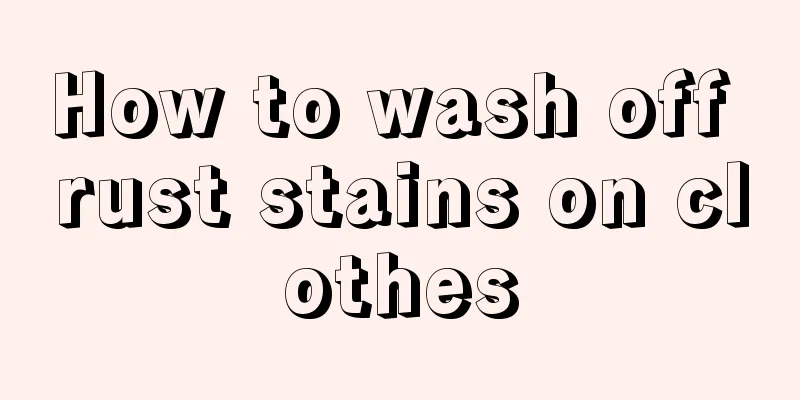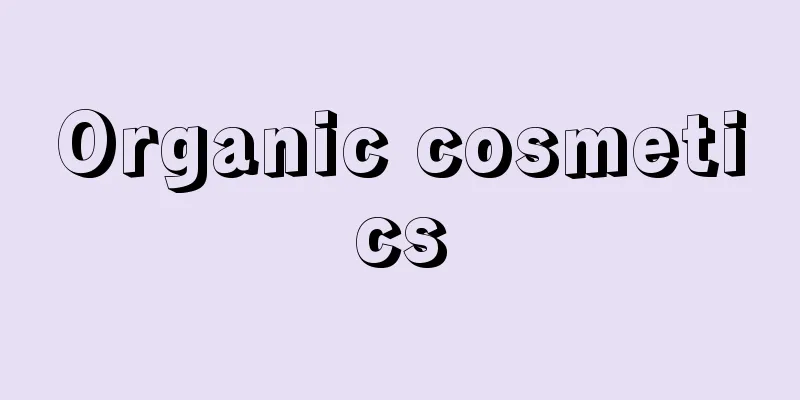What is the correct way to use glutinous rice glue?

|
There must be a lot of people who don’t know about glutinous rice glue. In fact, this is an adhesive made from natural glutinous rice as raw material and through a series of professional processes. It has good adhesion, and this adhesion can last for a long time. The most important thing is that this adhesive is 100% healthy and environmentally friendly, so it is widely used. So how should glutinous rice glue be used to achieve better results? 1. Prepare the stock solution: 1. Make sure the tools are clean and complete before preparation. 2. First pour the original liquid of this product into a clean bucket, and use a stirrer (or a wooden stick) to mix the glutinous rice glue into a stringy state. 3. Taking 2kg of glutinous rice glue as an example, the first time adding water should not exceed 250g (250ml), and use a tool to stir evenly until the water and glue are completely blended. 4. Add 500g (500ml) of water for the second time and stir evenly with a tool until the water and glue are completely blended. 5. Add 750 g (750 ml) of water for the third time and stir evenly with a tool until the water and glue are completely blended. 6. Add 500g (500ml) of water for the fourth time, mix the water and glue into a yogurt-like state, and it is ready for use. 3. Add appropriate amount of clean water in 3-5 times and stir thoroughly to dilute. Do not add too much water in the first two times, 200-300ml is appropriate. An adhesive with excellent effect can be produced. (The total amount of water added is about 1~2kg, and the dilution process takes about 10~15 minutes). 2. Dissolution ratio There are two types of uses: regular weight wallpaper and heavy wallpaper. The ratio of chalk to water is 1:1 and 1:0.5-1. The applicable areas are 17-20㎡/bag (specification: 2Kg/bag) and 13-15㎡/bag (specification: 2Kg/bag). *Note: The above data is for reference only. Please adjust according to the thickness of the wallpaper. 3. Storage conditions Please store in a sealed container in a cool and dry environment at 5~35℃, away from direct sunlight. Please store it in a warm environment in winter to avoid freezing. 4. How to use glutinous rice glue to lay wallpaper 1. Mixing the glue: Each bag of glutinous rice glue is 2KG, which can basically cover 25-30 square meters (the specific area depends on the wallpaper material). It can be used after dilution. Dilute it with 40% or 50% water to remove the original liquid. If you need to paste wallpaper, let it soak for 5-10 minutes after applying glue before pasting. This will effectively prevent the pasted object from curling, cracking, and deformation, so that it can achieve the best use effect. 2. Draw lines, measure the distance to the wall, use a plumb line to find each vertical reference line and mark it to ensure that each piece is perfectly vertical when paving. 3. Cutting: Pre-cut 10cm according to the wall height, and prepare the floral wallpaper in advance if necessary. 4. Glue: Apply the prepared wallpaper glue evenly on the back of the cut wallpaper. It can be put on the wall after about 5-7 minutes. 5. Precautions for using glutinous rice glue to lay wallpaper 1. The glue should be applied evenly and tightly without any gaps. Be careful not to wrap around the edges or form piles to prevent the wallpaper from getting dirty. 2. The wall should not leak water, should be clean, flat and dry, and there should be no powder falling from the wall. It is best to paste wallpaper in sunny weather. 3. Glutinous rice glue does not need to be added with glue powder. In Jialifeng’s product system, glue powder is only combined with glue paste for 400g/㎡ PVC wallpaper. Other glues generally do not need to be combined with glue powder. 4. Be sure to dry paste, not wet paste. Dry pasting means applying glue evenly on the back of the wallpaper, then letting it dry for 5 minutes, and then putting it on the wall and using a scraper to remove the remaining glue, and so on. 5. In winter, it is recommended to use the method of thick glue and thin coating. Therefore, when mixing glutinous rice glue, the amount of water must be controlled within 2 kilograms, and it should be flexibly controlled according to factors such as wallpaper material, wall, temperature, humidity, etc. Try to apply thick glue in thin layers to shorten the drying time and effectively avoid wallpaper warping and cracking. 6. Other matters needing attention: 1> For non-woven and pure paper wallpaper, glue should be applied on the wall. 2> PCV material is glued on paper. 3> If you apply glue on both the paper and the wall, it will not only be a waste, but too much glue will overflow. |
<<: What is the correct way to use paclobutrazol?
>>: What are some ways to prevent mice?
Recommend
How to treat clavicular lymphadenopathy?
For clavicular lymph node tuberculosis, active tr...
What is the reason for the dull pain under the ribs on the right side of the back
If you feel dull pain under the ribs on the right...
Methods and effects of steaming bananas
Many of my friends like to eat bananas, and banan...
How to eliminate bad breath after laryngeal cancer surgery
Laryngeal cancer is a malignant tumor disease tha...
How to remove tea stains from teacups
We all know that no matter what kind of thermos c...
What are the symptoms of cholestasis?
In most cases, physical illness is unpredictable ...
The biggest difference between internal hemorrhoids and rectal cancer
Internal hemorrhoids and rectal cancer are two co...
How to avoid motion sickness?
When you go out, you often have to take a car, esp...
How to stop the bleeding quickly
There are always some accidents in our daily life...
What are some simple ways to remove bed mites?
The bed is the most important tool for people to ...
What are the symptoms of brain cancer? How to treat it?
What are the symptoms of brain cancer? How to tre...
What causes red eyes when having a fever
We found that many babies have red and swollen ey...
The most effective way to reduce visceral fat, 5 methods to teach you how to reduce it easily
With the trend of society, both girls and men are...
How much weight can you lose by fasting for seven days
In fact, many friends cannot survive the seven-da...
The difference between white corn and yellow corn
The difference between white corn and yellow corn...









